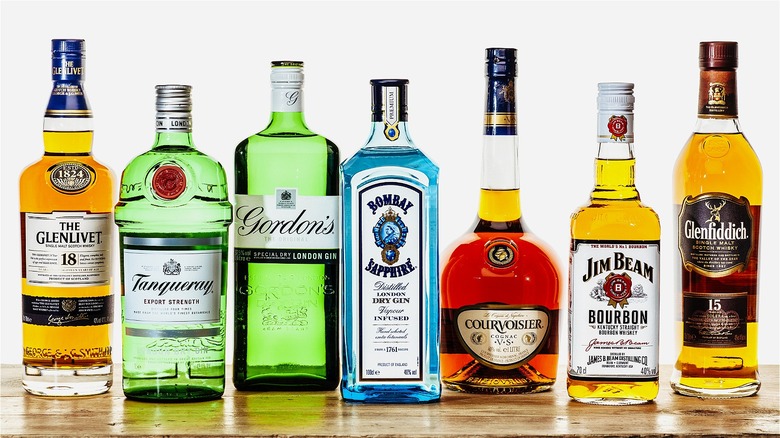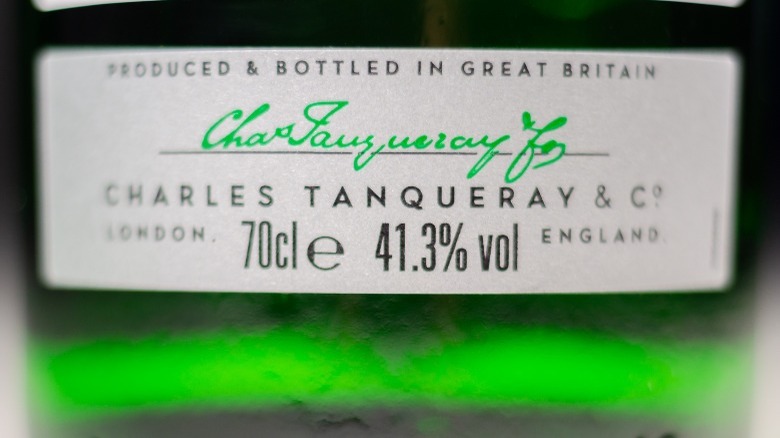What Does Proof Mean When It Comes To Alcohol?
The practice of proofing alcohol dates back to centuries-old British tax laws when spirits with higher alcohol content would be taxed at higher rates. In order to prove the tax rate, the British government used the gunpowder testing method for liquor. After saturating a little gunpowder in the spirit, officials would try to set it on fire. If it caught flame, then it was "proof" that the alcohol content was high enough to warrant extra taxation. It's a neat history, but if we're not testing liquor strength with gunpowder anymore, then what does "proofing" mean in modern times?
Since gunpowder testing wasn't an exact science, Americans instead opted to calculate proof based on alcohol by volume, or ABV. Grabbing a bottle of vodka at the liquor store may entail checking the label to determine the alcohol content. It's important to note that in the U.S., proof doesn't equal alcohol by volume. Let's say the vodka you pick off the shelf says "80 proof" on the front — that doesn't mean that it has an ABV of 80%. In the U.S., proof is equal to double the liquor's ABV. So, an 80-proof vodka would be a vodka with a 40% ABV. Everclear, which is one of the strongest spirits you can buy, is too dangerous to drink neat, because it can have a whopping proof of 190 (you do the math).
Check the proof before you drink
Alcohol by volume is a metric determining the ethanol (ethyl alcohol) concentration in a drink. Ethanol is product of the chemical reaction caused by fermented starch and/or yeast and sugar. Consuming alcohol causes psychoactive effects that can impair certain daily functions. That's why driving under the influence is so dangerous, warranting extreme legal penalties. In the U.S., all it takes is a blood alcohol content (BAC) of 0.08% to be considered legally intoxicated and charged with a DUI.
By understanding how much alcohol is in a beverage, you can make smarter and safer choices. Make sure to research the laws of wherever you're drinking, especially if traveling abroad. In Europe, many countries use the French proofing standard, where the ABV and proof must be equal. A 40% ABV vodka in England is indeed 40-proof. Also, sweet cocktails can be especially deceptive, because they don't taste like straight-up alcohol. Keep that in mind the next time you make your favorite fall cocktails with rum. Drink responsibly — all things in moderation.

